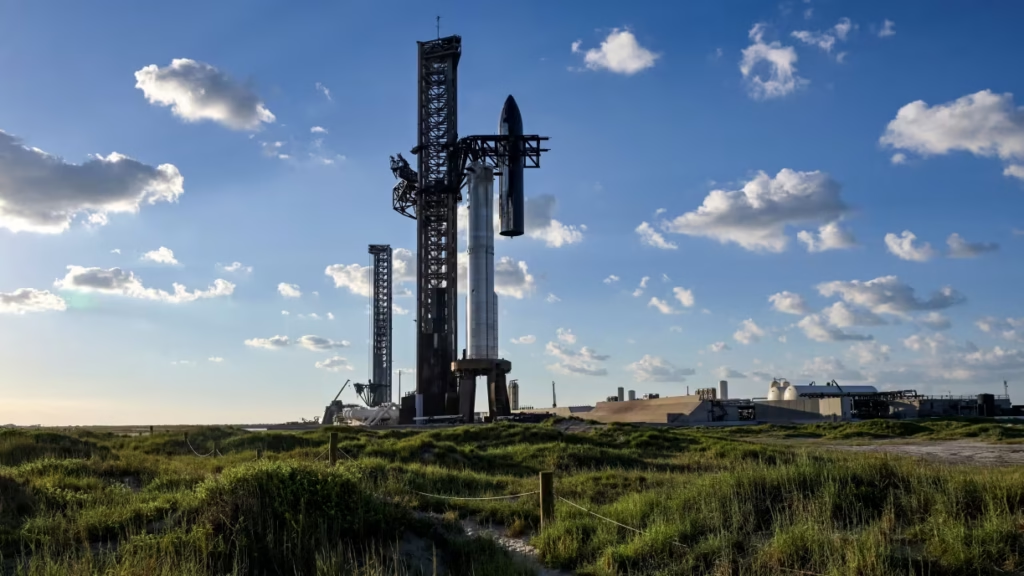The global race to dominate lunar exploration is entering a decisive phase, with SpaceX’s Starship emerging as the centerpiece of NASA’s mission to return humans to the Moon. At the same time, China’s rapid progress in space technology is fueling a new era of competition that could redefine the balance of power beyond Earth.
SpaceX’s Starship is designed to serve as NASA’s Human Landing System, ferrying astronauts between lunar orbit and the Moon’s surface as part of the Artemis program. The spacecraft relies on a complex system of orbital refueling, requiring multiple launches to transfer propellant in space before embarking on its lunar journey. This groundbreaking process, while promising, represents one of the most technically challenging aspects of the mission and a key factor in whether the United States can maintain its lead in the new space race.
Although Starship has achieved significant milestones, such as successful test flights and improved reentry control, its development remains under intense scrutiny. The system must demonstrate full reliability in deep-space missions before astronauts can safely travel aboard. Engineering setbacks and strict safety requirements continue to push timelines, raising questions about NASA’s target for its first crewed lunar landing in the coming years.
Meanwhile, China has accelerated its own lunar program, unveiling powerful new rockets, robotic landers, and plans for a permanent lunar base by the end of the decade. The nation’s coordinated approach, backed by extensive state investment, is rapidly positioning it as a formidable contender in the race to establish long-term human presence on the Moon.
Experts believe the unfolding competition extends beyond exploration. Control over lunar technology, resources, and communication networks could shape global influence in the decades ahead. Space is increasingly viewed not only as a frontier for discovery but as a strategic domain tied to innovation, defense, and economic opportunity.
For SpaceX and NASA, the coming years will determine whether the vision of an American-led return to the Moon can be realized before China achieves its own landmark landing. With Starship at the center of this mission, success or failure will not only define the next generation of human spaceflight but also decide which nation leads humanity’s next great step into the cosmos.


